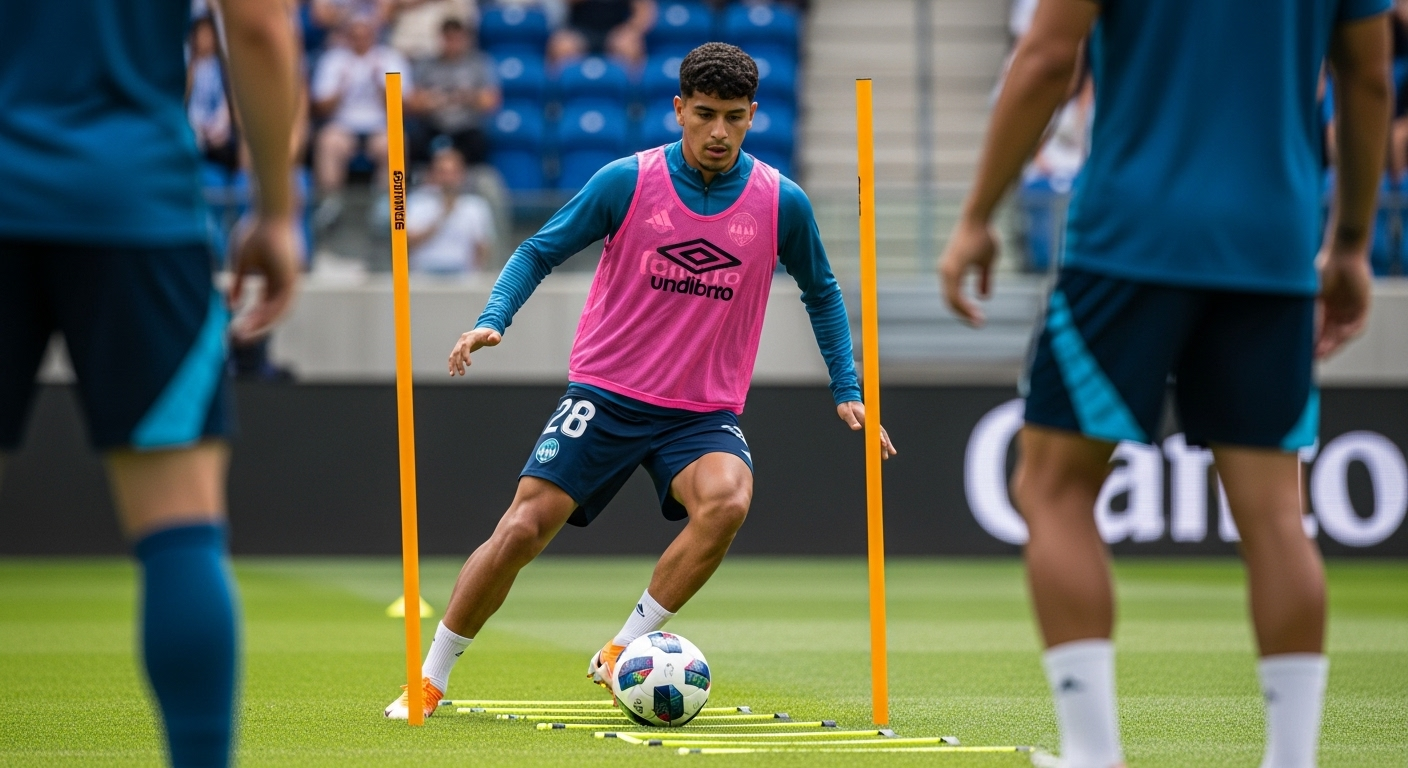Breaking Barriers: The Meteoric Rise of High Altitude Training in Sports
In the competitive world of sports, athletes continually seek innovative ways to gain an edge. One such approach, capturing the interest of sports enthusiasts and professionals alike, is high altitude training. From its humble beginnings to its current prominence, this strategy has seen a meteoric rise, transforming the landscape of athletic conditioning. This article delves into the world of high altitude training, its benefits, challenges, and real-world applications, providing a fresh perspective in the sports industry.

The Birth and Growth of High Altitude Training
The concept of high altitude training took root in the 1960s during the Olympic Games in Mexico City. Athletes from low-altitude regions struggled to perform optimally due to the city’s high altitude and its associated low oxygen levels. This phenomenon sparked interest in the potential benefits of training in such conditions. Over the years, high altitude training has evolved, with a growing number of athletes incorporating it into their conditioning regimens to enhance performance.
The Science Behind High Altitude Training
High altitude training operates on a fundamental physiological principle: the body’s adaptation to lower oxygen levels. Training at high altitudes triggers the body to produce more red blood cells, enhancing oxygen-carrying capacity and, consequently, athletic performance. It’s a concept supported by extensive research, demonstrating a direct correlation between high altitude training and improved athletic performance.
The Rewards and Challenges of High Altitude Training
The benefits of high altitude training are numerous, from improved cardiovascular efficiency and increased lung capacity to enhanced power and endurance. However, it’s not without its challenges. Adjusting to high altitudes can be taxing, often leading to symptoms like nausea, dizziness, and fatigue. Moreover, the effectiveness of high altitude training varies, with some athletes responding better than others.
High Altitude Training in Practice
High altitude training is not just for elite athletes. Many recreational athletes and fitness enthusiasts also use this method to boost their performance and overall health. Training camps at high altitudes, like those in Colorado and Kenya, are becoming increasingly popular, providing an immersive experience for those who wish to explore this training strategy.
The Future of High Altitude Training
The future of high altitude training looks promising. As more research unravels its benefits and challenges, strategies to optimize its effectiveness continue to evolve. Furthermore, the advent of altitude simulation technology has made this training approach more accessible, allowing athletes to reap its benefits without the need to relocate to high-altitude areas.
High altitude training has come a long way since its inception. Its rise in the sports industry underscores the relentless pursuit of excellence among athletes. As our understanding of high altitude training deepens, it’s set to continue playing a pivotal role in shaping the future of athletic training and performance.





